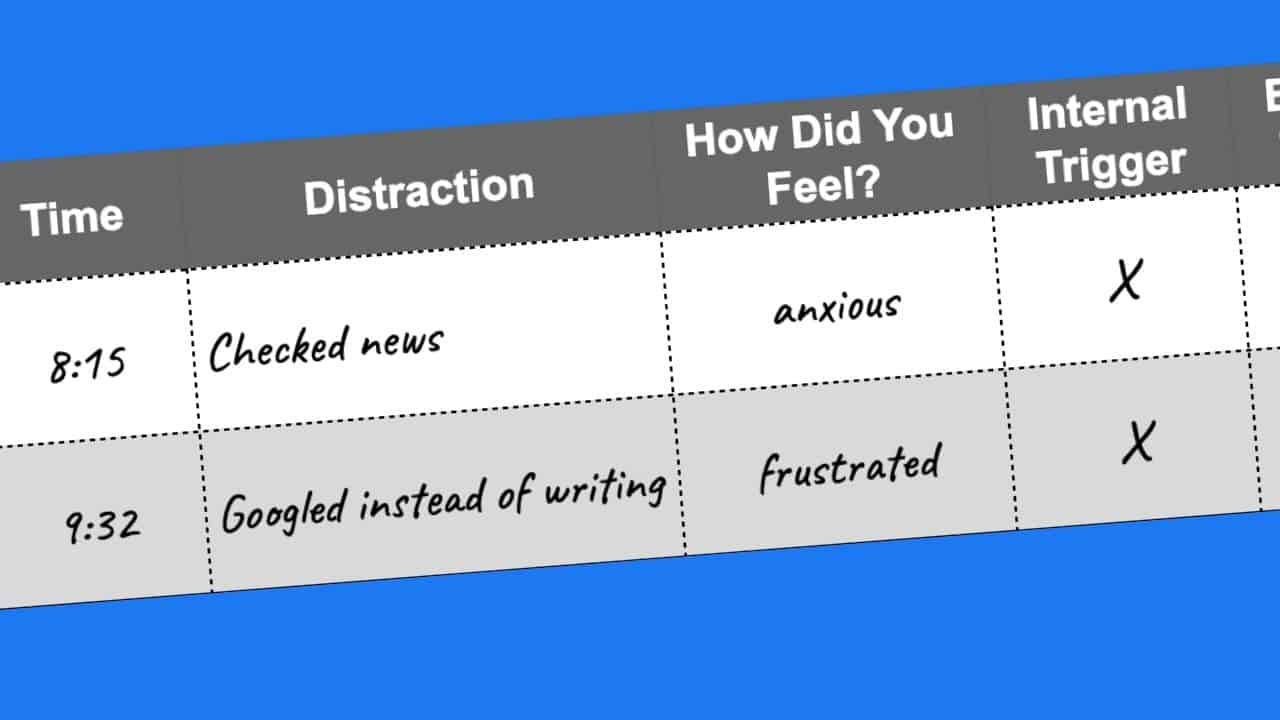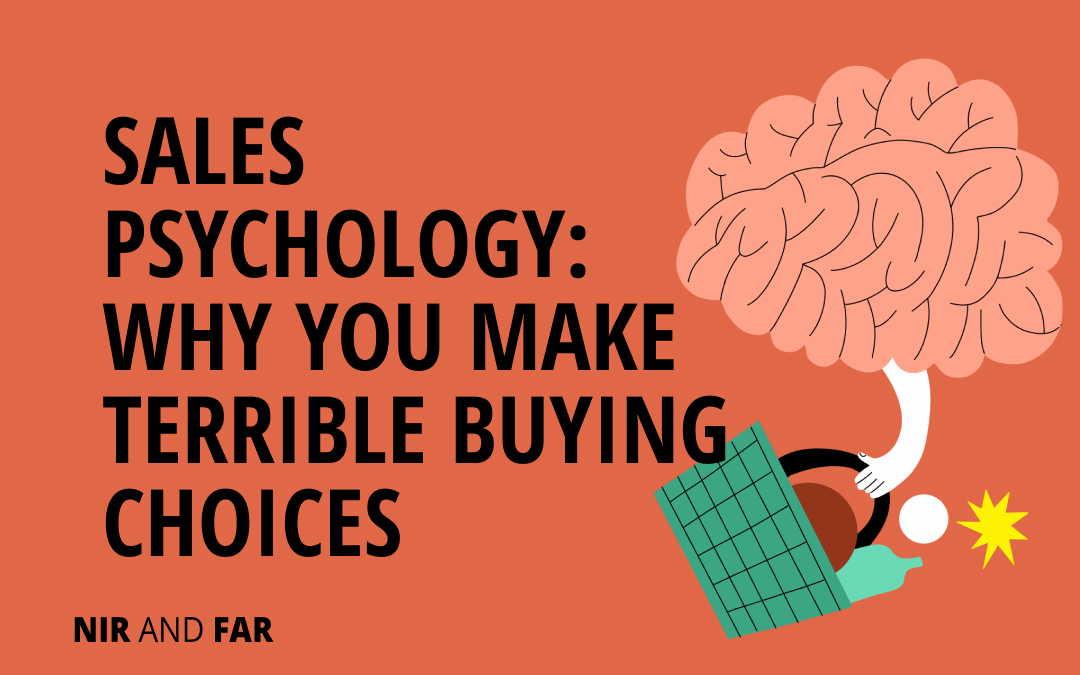Did the load of gift returns you made in January make you realize that you need to be a smarter shopper?
In the United States alone, people were expected to spend $966.6 billion in November and December 2023—3 to 4 percent more than the same period the previous year, which is in line with the annual average increase of 3.6 percent from 2010 to 2019, according to the National Retail Federation.
Yet 14.5 percent of total sales were returned in 2023; 17.6 percent of online sales were returned.
During the holidays, we’re bombarded with ads and sales pitches that use sales psychology tactics to grab our attention. These messages make it tough for us to make smart shopping choices.
So we spend too much money on presents, gift family members something they didn’t love just because we had to get them something, or buy items we hope will improve our lives that end up unused in a closet.
How can we become more discerning buyers in a world that encourages us to spend?
We have to stop falling for subtle sales psychology tactics.
Free Distraction Tracker
Distraction doesn’t have to be debilitating.
If you’re serious about taking control of your attention once and for all, download my distraction tracker and get started now.
Your email address is safe. I don't do the spam thing. Unsubscribe anytime. Privacy Policy.

Why We’re Susceptible to Sales Psychology
When I was seeking a solution to my distraction, learning more about human psychology was comforting. It was a relief to understand that the negative thoughts and feelings distracting me were not particular to me but standard human operation.
By embracing our psychology, we stand a chance of avoiding the pitfalls of our psyches. We can escape the influence of companies who use our psychology to get our money.
The psychological traits that companies take advantage of to sell to you are numerous. Here are some of the most common and convincing ones.
Perpetual Dissatisfaction
Humans are hardwired for dissatisfaction. We may become satisfied for a while, but it isn’t long before we seek something new. Shopping—particularly online shopping—scratches that itch.
Four psychological factors make satisfaction temporary:
- Hedonic adaptation is the tendency to quickly return to a baseline level of satisfaction, no matter what happens to us in life.
- Boredom causes us to seek an escape from our daily drudgery.
- Negativity bias is “a phenomenon in which negative events are more salient and demand attention more powerfully than neutral or positive events.”
- Rumination is our tendency to keep thinking about bad experiences.
Emotions in Decision-Making
Studies show that emotions play a pivotal role in decision-making, sometimes overpowering rational analysis.
Marketers target our emotions because they know that emotions push us to act. Our feelings about our self-worth and body image make us inclined to purchase fashion and beauty products. Our desire to be more productive motivates us to buy technology that claims to get us there.
Unchecked emotions are correlated to impulse buying. “Impulse purchases occur when there is a sudden and strong emotional desire, which arises from a reactive behavior that is characterized by low cognitive control,” according to one study.
Understanding your feelings helps you gain higher control of them and make sure they don’t spur impulse purchases. As the researchers of a study found after asking stock investors to rate their feelings while making investments, “Individuals who were better able to identify and distinguish among their current feelings achieved higher decision-making performance via their enhanced ability to control the possible biases induced by those feelings.”
Heuristics
Heuristics are the mental shortcuts we take to make quick decisions. Most people remain unaware of how heuristics help us make split-second decisions multiple times daily—but companies that sell to them are well aware.
Psychologists believe there are hundreds of cognitive biases that influence our behaviors. Below are four common ones that sellers leverage.
Scarcity affects our perception of value. When websites add a banner over a product that says “Selling fast!” or “Almost gone!” it makes buyers think the product must be popular. We buy because we don’t want to miss out.
But genuine scarcity is infrequent. When I searched for a book I wanted on Amazon, the site told me there were only three copies left. Searches for other items over the years have had similar warning messages of low stock. Is the world’s largest online retailer almost sold out of nearly everything I want to buy? Or is it using the scarcity tactic to influence my buying behavior? I’ll give you one guess.
You can recognize artificial scarcity by paying attention to the item you want to buy and noticing sales trends around it. A product that’s regularly restocked is not scarce.
Context shapes the perceived value of a product or service. The mind takes shortcuts informed by our surroundings to make quick and sometimes erroneous judgments.
One study found that participants got more enjoyment from wine they were told was expensive than they did from wine they thought was cheaper—even though the wine was the same.
To beat the framing heuristic, tune into the quality rather than the price of something. For example, the clothing industry notoriously uses synthetic materials that deteriorate faster than natural fibers. That sweater may cost $250, but if it’s made of acrylic and polyester instead of wool or cashmere, is it really worth the price tag?
One aspect of a product is given undue importance over other features. People often anchor to one piece of information when making a decision.
Rarely can you walk into a clothing store or visit a website without seeing signs for “30% off,” “Buy one, get one free,” or other deals. We’re immediately drawn to the deal, but the math may show it’s not worth it. I remember grocery shopping once and seeing Barilla pasta on sale: 10 for $10. Delighted, I started to stack packages in my cart when I realized another brand of pasta was only $.88 a pack.
How to Be a Smart Buyer
Internal triggers drive us to distraction, but when it comes to shopping, there is no end to external triggers sent to us from sellers.
An external trigger is a cue in your environment that provides information for what to do next. Buttons in emails, social media posts, or even texts telling you to “click here” or “buy now” are external triggers.
When you open your inbox and see emails touting great deals, you’re likely to click. The best thing you can do is unsubscribe. Most brands have sales around holidays or post them on their website anyway. You don’t need them in your inbox.
And while you can’t block all ads on Instagram within the app, you can “hide” each ad as it comes up.
Emotions tend to overrule rational analysis in decision-making, so you need a way to reintroduce rational analysis. By precommitting to a rubric before you buy anything, you’re less likely to be swayed by impulse buying.
Below are a few statements for your shopping rubric. If your answer to any of them is no, it may not be a smart buy.
- This item is on a list of things I/the gift receiver need(s) or want(s).
- I’ve researched this item and compared prices and reviews across competing products.
- This item is high-quality and durable.
- I/or the gift receiver have/has space in my/their home for this item.
- This item helps me/the gift receiver meet goals and values.
- This item is within my budget.
Step back before you make a purchase. Some people implement a 24-hour rule before they buy, which allows them to escape the feeling of urgency and clearly consider whether they need or want the item.
This is similar to an effective mindset technique called surfing the urge, which asks people to ride out a craving until it subsides.
By understanding our psychology and using techniques to block the effect of psychological sales tactics, we can become less susceptible to the distraction of buying.
Related Articles
- Schedule Maker: a Google Sheet to Plan Your Week
- Cancel the New York Times? Good Luck Battling “Dark Patterns”
- How to Start a Career in Behavioral Design
- A Free Course on User Behavior
- User Investment: Make Your Users Do the Work
- Variable Rewards: Want To Hook Users? Drive Them Crazy
- The Hooked Model: How to Manufacture Desire in 4 Steps

